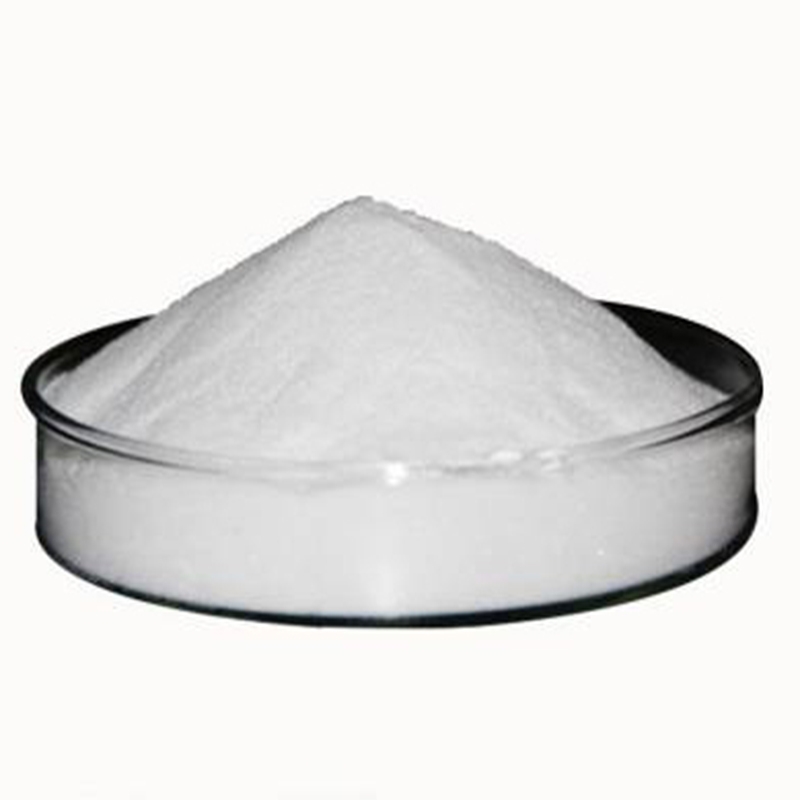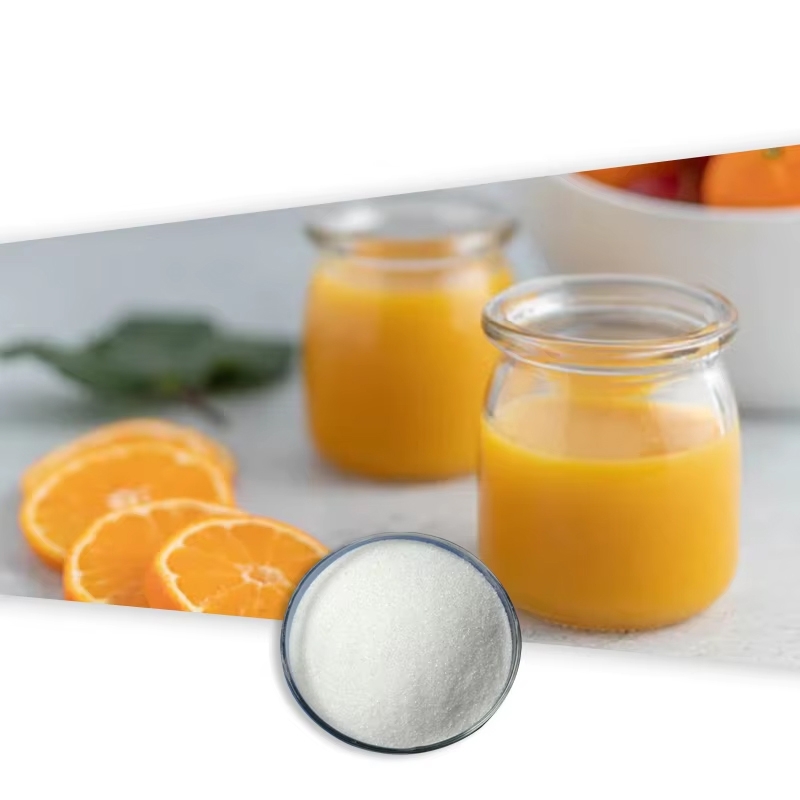-
Categories
-
Pharmaceutical Intermediates
-
Active Pharmaceutical Ingredients
-
Food Additives
- Industrial Coatings
- Agrochemicals
- Dyes and Pigments
- Surfactant
- Flavors and Fragrances
- Chemical Reagents
- Catalyst and Auxiliary
- Natural Products
- Inorganic Chemistry
-
Organic Chemistry
-
Biochemical Engineering
- Analytical Chemistry
-
Cosmetic Ingredient
- Water Treatment Chemical
-
Pharmaceutical Intermediates
Promotion
ECHEMI Mall
Wholesale
Weekly Price
Exhibition
News
-
Trade Service
in 2021.
AIPCE said seafood production in the EU fell in 2021, with self-sufficiency falling to a record low of around 35%, compared to a 10-year average of more than 42%.
This year, the EU's seafood self-sufficiency rate is expected to decline further, to 33%.
This year, the EU's seafood self-sufficiency rate is expected to decline further, to 33%.
Of the total supply of 12.
5 million mt in 2021, imports accounted for 9 million mt, or 72%, while EU domestic supply fell to 3.
5 million mt
.
By 2022, AIPCE forecasts a further 7% decline in total supply to 11.
6 million mt, with declines in
both imports and domestic production.
While the worst effects of the coronavirus appear to have eased in Europe, many related supply chain issues are still not being able to return to the previous terms of
trade, AIPCE said.
5 million mt in 2021, imports accounted for 9 million mt, or 72%, while EU domestic supply fell to 3.
5 million mt
.
By 2022, AIPCE forecasts a further 7% decline in total supply to 11.
6 million mt, with declines in
both imports and domestic production.
While the worst effects of the coronavirus appear to have eased in Europe, many related supply chain issues are still not being able to return to the previous terms of
trade, AIPCE said.
Due to the Russia-Ukraine conflict, it has been accompanied by unprecedented energy and fuel price increases, which have also affected the cost of
other raw materials and inputs in the global food market.
EU sanctions against Russia have also made sourcing seafood from Russia more difficult, with processors likely to face a significant period of uncertainty that further complicates
planning and investment decisions, the report said.
In 2022, processors will face additional challenges
from fuel prices, energy costs and rising dollar and euro exchange rates, he said.
other raw materials and inputs in the global food market.
EU sanctions against Russia have also made sourcing seafood from Russia more difficult, with processors likely to face a significant period of uncertainty that further complicates
planning and investment decisions, the report said.
In 2022, processors will face additional challenges
from fuel prices, energy costs and rising dollar and euro exchange rates, he said.
Fisheries and trade experts at the Dutch Fish Federation (Visfederatie) said: "All these things have an impact
on the procurement of raw materials and their transport into the EU for processing and final consumption.
”
on the procurement of raw materials and their transport into the EU for processing and final consumption.
”
The outlook for the seafood industry is promising as more European consumers look for healthy foods from natural resources, but the analysis suggests that foreign imports are critical
to meeting consumer demand, the report said.
to meeting consumer demand, the report said.
A typical example is whitefish, especially Alaskan pollock, on which the EU is 100% dependent on supplies from the United States, China and Russia
.
.
The EU's total demand for Alaskan pollock and imports reached 808,000 tonnes in
2021.
The United States accounts for 38% of total supply, followed by China with 35% and Russia with 25%.
However, AIPCE-CEP says more than 95 percent of Alaskan pollock imports from China come from Russia
.
2021.
The United States accounts for 38% of total supply, followed by China with 35% and Russia with 25%.
However, AIPCE-CEP says more than 95 percent of Alaskan pollock imports from China come from Russia
.
Similarly, the EU is heavily dependent on other countries for cod, with 95% of its demand coming from imports
.
In 2021, the EU's own cod fishery accounted for only 5% of supply, at 41,000 tonnes
.
The other 850,000 tons were mainly imported
from Norway, Iceland and Russia.
.
In 2021, the EU's own cod fishery accounted for only 5% of supply, at 41,000 tonnes
.
The other 850,000 tons were mainly imported
from Norway, Iceland and Russia.
With the various sanctions imposed on Russia by the European Union, Britain and the United States, "you're already seeing changes in terms of procurement," he said
.
But for Alaskan pollock, it is difficult to source
from other countries than Russia.
.
But for Alaskan pollock, it is difficult to source
from other countries than Russia.
Despite its dependence on imports, the EU wants to increase its domestic production to maximize seafood supply
.
"We should step up our efforts to improve EU fisheries and aquaculture production, because we need these raw materials for the processing industry, while also taking into account the increased competition for global seafood imports," he said
.
.
"We should step up our efforts to improve EU fisheries and aquaculture production, because we need these raw materials for the processing industry, while also taking into account the increased competition for global seafood imports," he said
.







